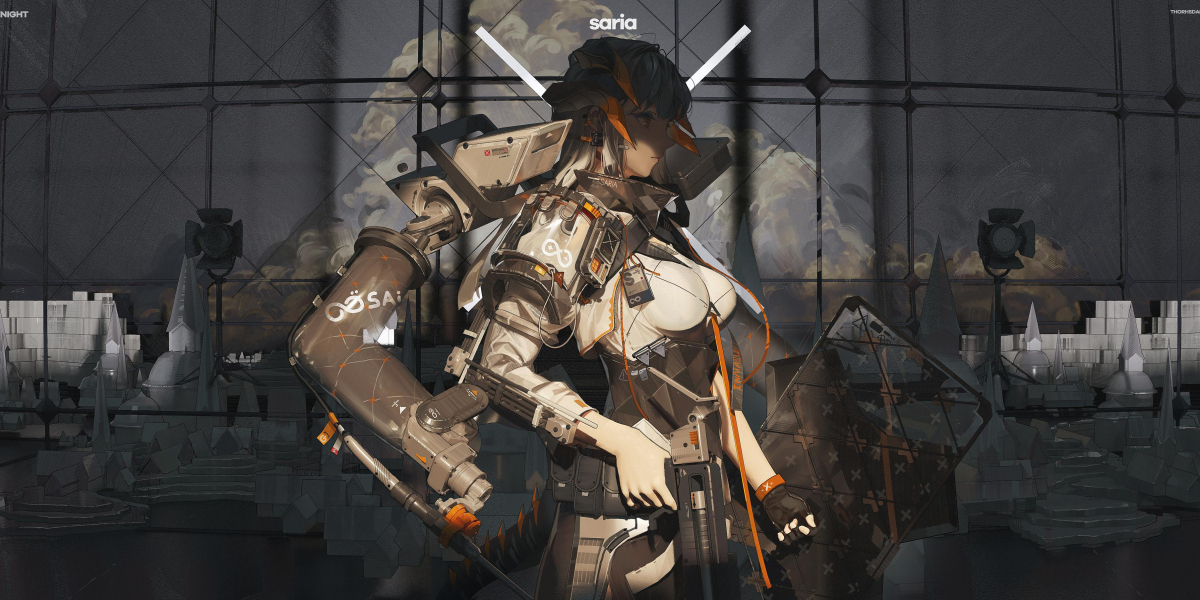Illuminate Your Space: Discover the Secrets of Track Lighting Transformation!
Track lighting has surged in popularity as a go-to solution for modern interior design, offering a blend of functionality and style that can transform any room. Unlike traditional lighting fixtures, track lighting provides a versatile approach to illumination, allowing homeowners to direct light exactly where it's needed. Whether you're looking to highlight artwork, create a cozy reading nook, or simply brighten up a space, track lighting can enhance the ambiance while adding a touch of elegance. Its adaptability makes it suitable for both residential and commercial settings, appealing to a wide array of tastes and preferences.

Understanding Track Lighting
Track lighting is a system that consists of a series of light fixtures attached to a continuous track that serves as the power source. The fundamental components include the track itself, which can be mounted on walls or ceilings, the light fixtures that can be easily repositioned along the track, and the electrical connections that power the lights. Unlike traditional lighting fixtures, which are often fixed in place and provide a single point of illumination, track lighting allows for greater flexibility in design and functionality. This system enables the user to customize the lighting layout according to their specific needs, making it a popular choice for both residential and commercial spaces.
Types of Track Lighting
There are several types of track lighting systems to choose from, each with its unique characteristics and ideal applications. Fixed track lighting is the most common, featuring fixtures that can be adjusted to point in different directions, making it perfect for general illumination. Flexible track lighting, on the other hand, consists of a bendable track that can be shaped to fit various room layouts, allowing for creative installations. Monorail systems provide a sleek, contemporary look and often come with various styles of fixtures that can be easily swapped out to match your decor. Each type of track lighting can be tailored to suit different environments, from art galleries to cozy living rooms, enhancing the overall aesthetic.
Benefits of Track Lighting
The benefits of track lighting are numerous, making it an attractive option for homeowners and designers alike. One of the main advantages is its flexibility; you can easily adjust the direction of the light fixtures without the need for extensive renovations. This adaptability allows for the creation of different moods and focal points within a room, whether you're aiming for a dramatic effect or a warm, inviting atmosphere. Additionally, track lighting is often easier to install than traditional fixtures, requiring less electrical work and making it a DIY-friendly option. Energy efficiency is another key benefit, as many track lighting systems accommodate LED bulbs, reducing energy consumption while still providing ample illumination.
Installation Techniques
Installing track lighting can be a straightforward process if you follow a few essential steps. Start by planning the layout of your track system, considering where you want to position the fixtures for optimal light distribution. Ensure that you have the necessary tools, such as a drill, wire stripper, and screwdriver. When mounting the track, secure it to the ceiling or wall using appropriate anchors and screws. Next, make the electrical connections, ensuring that you follow safety measures to prevent any hazards. If you're uncertain about handling electrical components, it's advisable to consult a professional electrician. Once everything is in place, attach the light fixtures and adjust them to your desired angles, and you’ll have a stunning track lighting setup in no time.
Maintenance Tips
Maintaining track lighting is relatively simple. Regularly check for any burnt-out bulbs and replace them to ensure the system remains functional. Clean dust and grime from the fixtures to avoid buildup that can cause flickering lights or electrical issues. Make sure all electrical connections are secure to prevent shocks and maintain safety. By following these tips, you'll keep your track lighting system effective and attractive.
Maximizing Track Lighting for Your Space
Track lighting offers a versatile and stylish solution for illuminating spaces, transforming the ambiance of any room while providing practical functionality. With its various types, benefits, and ease of installation, it's no wonder that track lighting is becoming a staple in modern interior design. Whether you're a homeowner looking to upgrade your living space or a designer seeking innovative lighting solutions, consider track lighting as a way to create dynamic and inviting environments. Embrace the possibilities and let track lighting illuminate your world!








